Are Indian Americans failing their motherland?
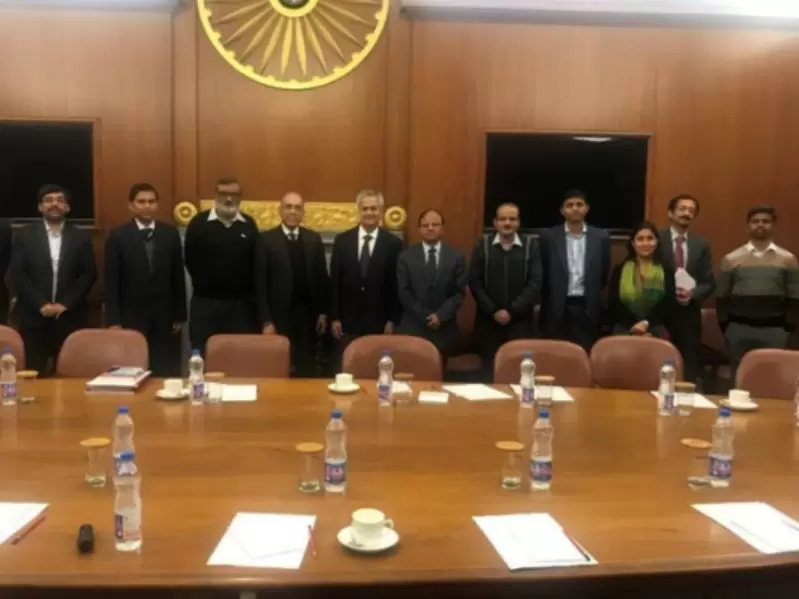 Principal Secretary to the Prime Minister, Nripen Misra (sixth from right), pradeep Deshpande and his senior staff in the office of the Prime Minister in New Delhi on January 22, 2018 / Courtesy: Pradeep Deshpande
Principal Secretary to the Prime Minister, Nripen Misra (sixth from right), pradeep Deshpande and his senior staff in the office of the Prime Minister in New Delhi on January 22, 2018 / Courtesy: Pradeep Deshpande
Suhag Shuka, executive director and founder, Hindu American Foundation, wrote an interesting op-ed in the Print, Shashi Tharoor misunderstands the diaspora—we are not proxies for India in the US.
Perhaps inspired by Shukla’s column, Parthiv N. Parekh, editor-in-chief of Khabar, recently wrote an equally interesting op-ed in American Kahani. In a pursuant email, Parekh continued, Indian Americans must chart a path toward meaningful political engagement—one that serves the best interests of our adopted homeland while fostering a strong, mutually beneficial relationship between India and the United States.
This is a worthwhile endeavor but how do we do that?
Here is how.
In a speech at the Biltmore Hotel in Los Angeles, California, just before he collapsed to the floor and died on March 7, 1952, Yogananda Paramahansa remarked, “I look to a model world that combines the best qualities of “efficient America” and “spiritual India.”
Hidden in this innocuous statement of Yogananda is the blueprint for a US-India strategic partnership, one that can catapult India to the status of a developed nation and Vishwa Guru while simultaneously ensuring that America continues to remain the preeminent world leader for decades to come, all toward a better and more peaceful world.
High defect levels in manufacturing and services is what keeps India from emerging as a developed nation although much progress has been made in the last ten to fifteen years. America is home to six sigma, the strategy to reduce the defect levels in manufacturing and services to the absolute minimum. This identifies the benefits of the US-India Strategic Partnership to India. This is the notion of Yogananda’s “efficient America.”
What does the United States gain from the US-India Strategic Partnership? Where is the need for “spiritual” India?
There are two discoveries that explain both issues.
In the absence of an adequate level of emotional excellence, the best of the best strategies, including six sigma, do not and cannot deliver the best possible performance.
Emotional excellence signifies the preponderance of positive emotions (love, kindness, empathy, compassion) at the exclusion of negative emotions (anger, hatred, hostility, resentment, frustration, jealousy, fear, guilt, sorrow and the like).
The cultivation of positive emotions at the exclusion of negative emotions is not an intellectual exercise. The required positive changes have to come from within.
The required positive changes from within can only come when the focus of attention is enhanced as with meditation, or more generally yoga, known for thousands of years in India.
There is a second and most important reason why the United States needs India and it is one that most Americans are not aware of.
All civilizations, not matter how great, eventually decline. There are no exceptions. The transformation of emotional excellence is the root cause of why civilizations rise and decline.
This is the wisdom of Sri Krishna in the Bhagvad Geeta.
The author’s investigation into the phenomena of rise and decline of civilizations has found alarming signs for the West (Great Britain, Germany, United States). While civilizational decline cannot be prevented, it can be postponed, and this is squarely in the domain of “spiritual India.”
The decline of the United States can only be postponed if the science and practices of emotional excellence are adopted in schools and colleges, embraced by businesses and propagated by political leaders at all levels.
At least one university in America, Seton Hall, has understood the importance of Bhagvad Geeta. There, the study of the Bhagvad Geeta, the holy Bible and Quran Shareef is mandatory for all undergraduates.
In closing, the science and practices of six sigma, the framework for external excellence, are essential for India’s emergence as a developed nation while the science and practices of emotional excellence are essential for the United States if our adopted motherland is keep its preeminent position as world leader for decades to come.
The financial benefit of the strategic partnership to each country is likely in hundreds of billions of dollars while the partnership is also a pathway to a better and more peaceful world.
Note: The ideas presented here are a subset of a scientific framework for external and internal excellence toward a better and a more peaceful world. The framework has produced two books, one of external excellence, and the other on internal excellence, and some fifty articles and a nomination for a Padma Award. Numerous presentations have been made in several countries including in India and the United States.
The author is Professor Emeritus and former Chair of the Department of Chemical Engineering at the University of Louisville, and founder President and Chief Executive Officer of Louisville-based Six Sigma and Advanced Controls.
(The views and opinions expressed in this article are those of the author and do not necessarily reflect the official policy or position of India Abroad)
ADVERTISEMENT
ADVERTISEMENT
E Paper
Video



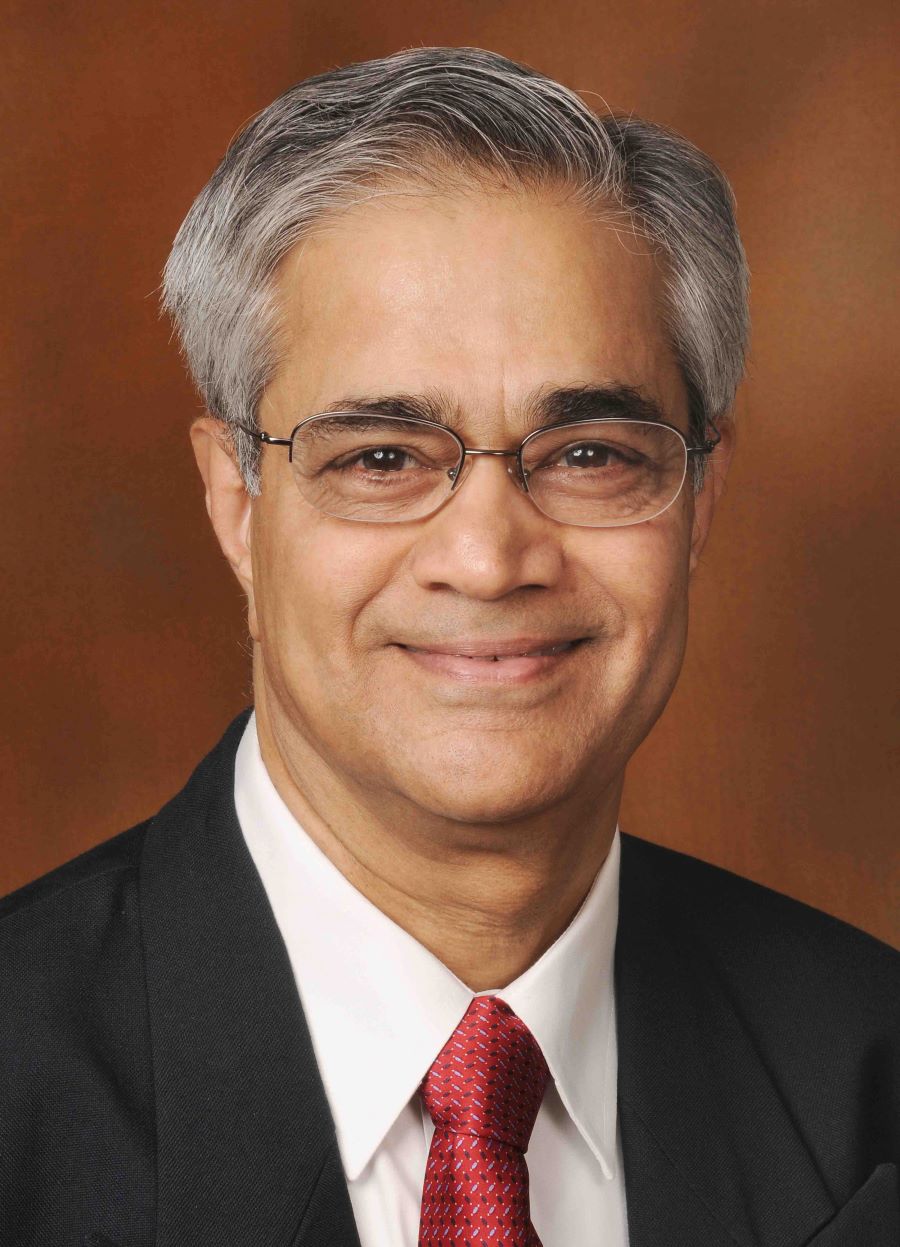 Pradeep B. Deshpande
Pradeep B. Deshpande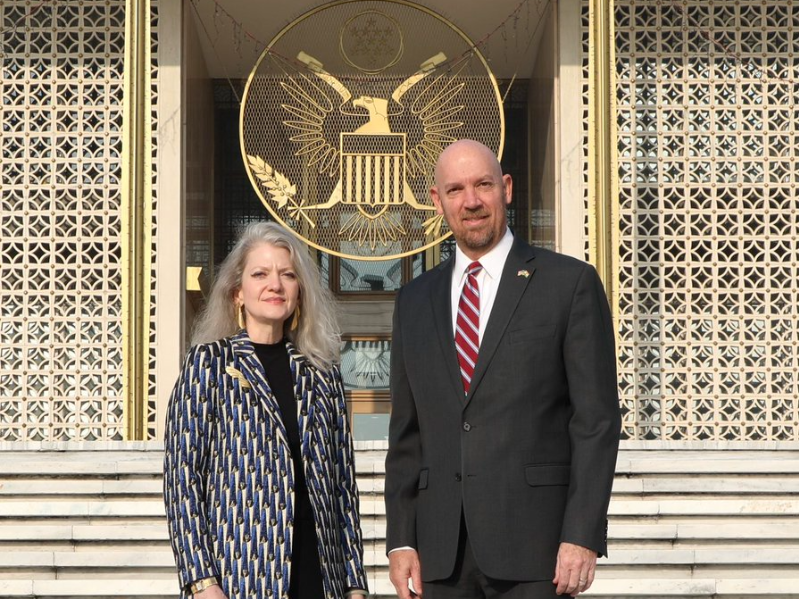



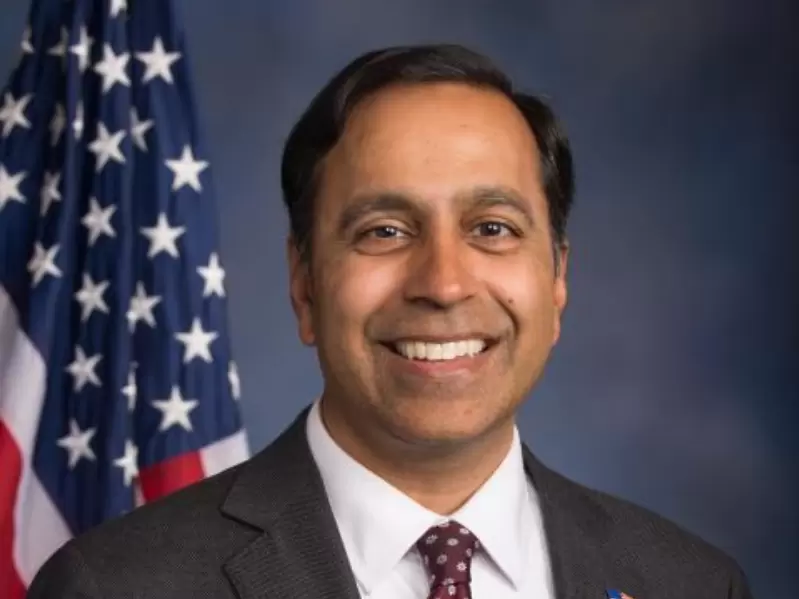


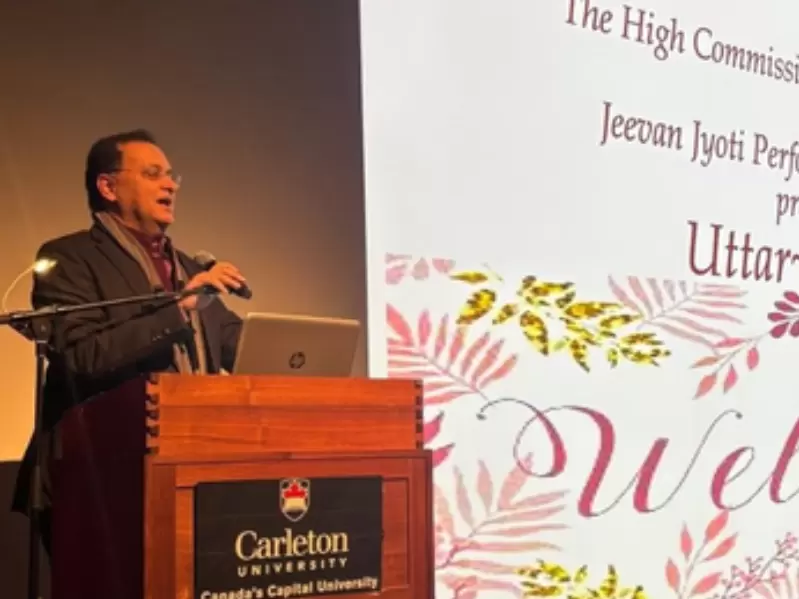
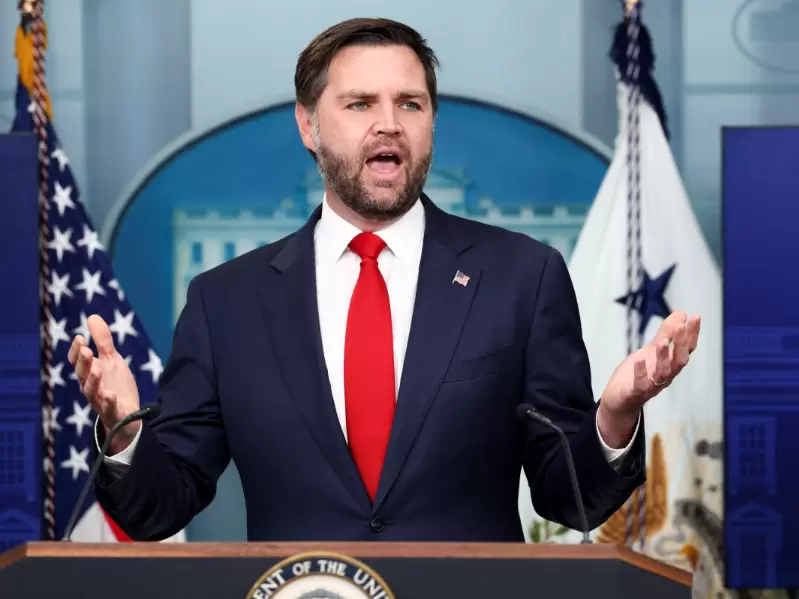

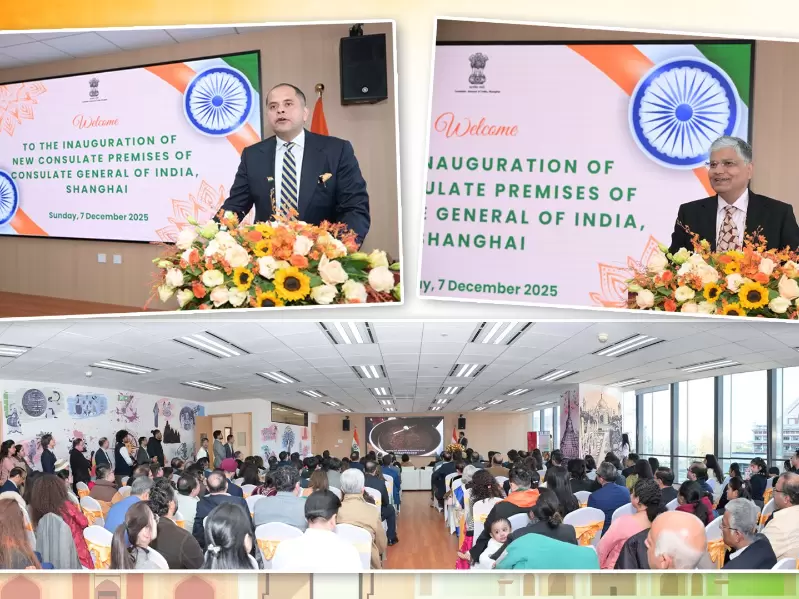
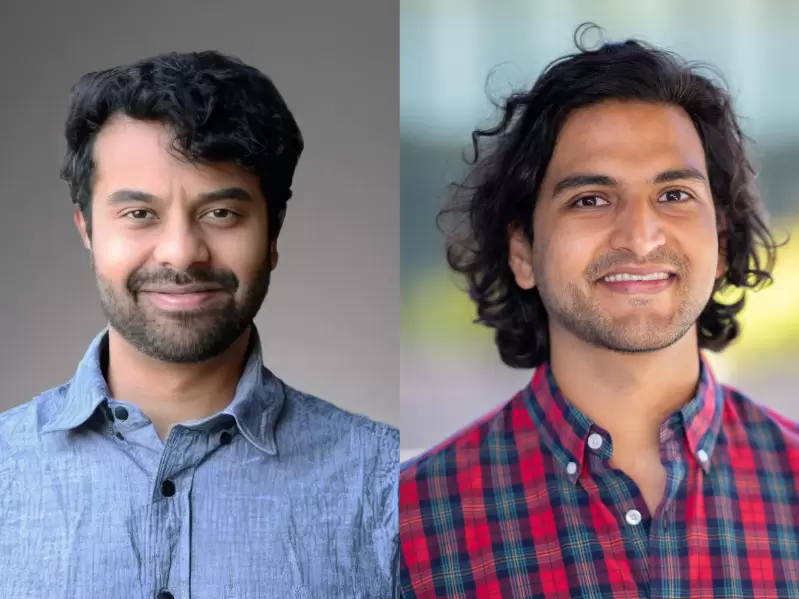

Comments
Start the conversation
Become a member of New India Abroad to start commenting.
Sign Up Now
Already have an account? Login